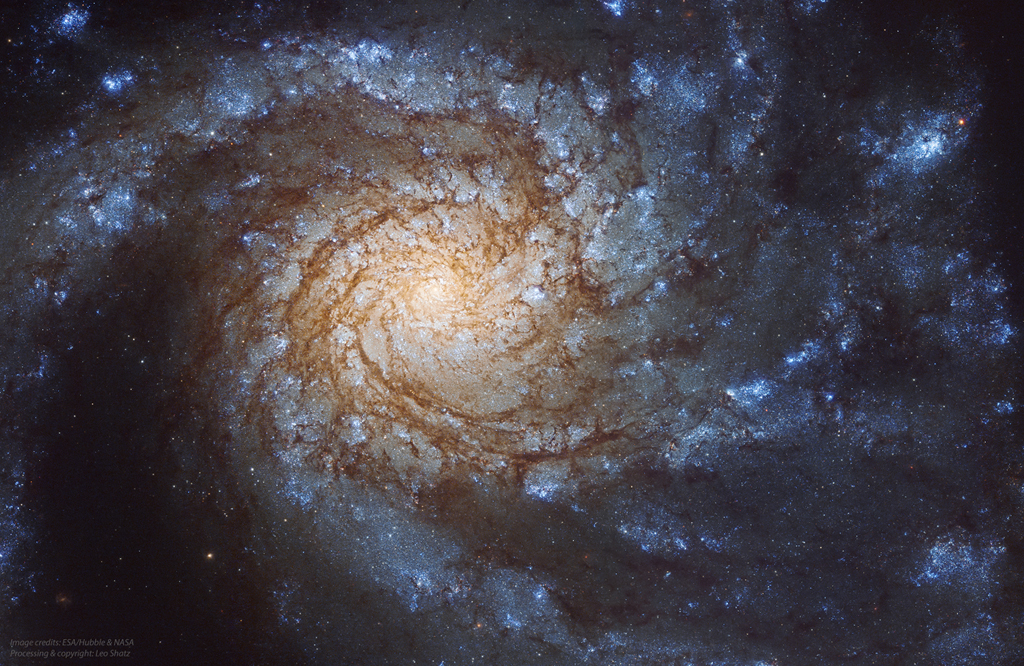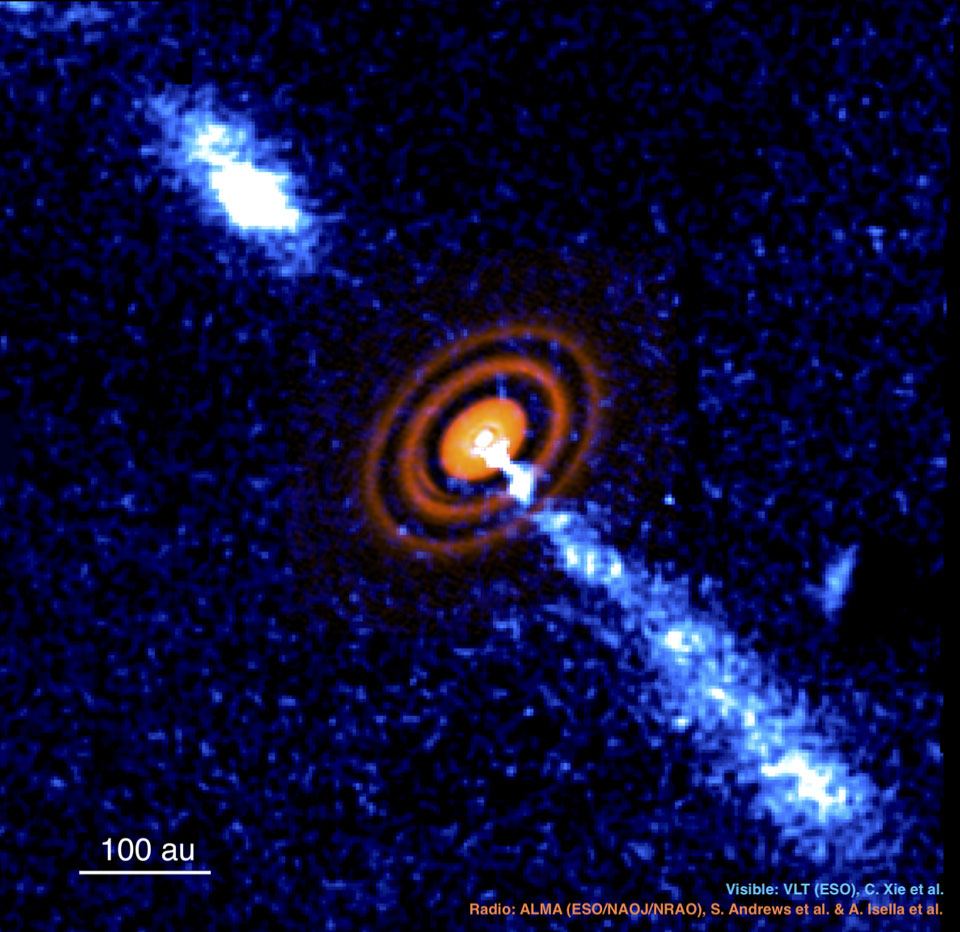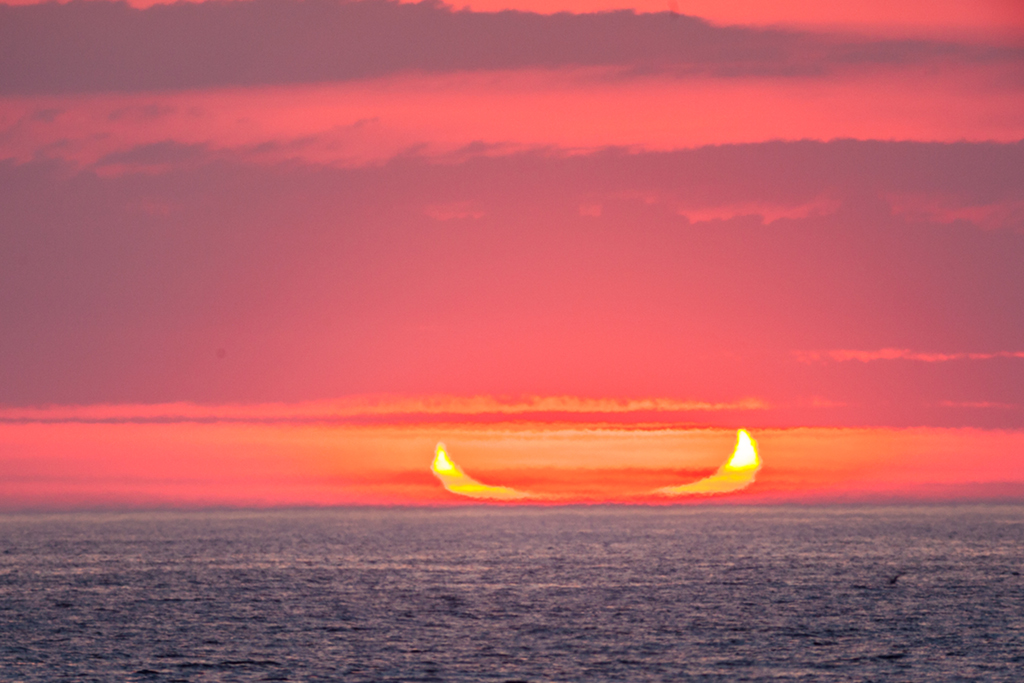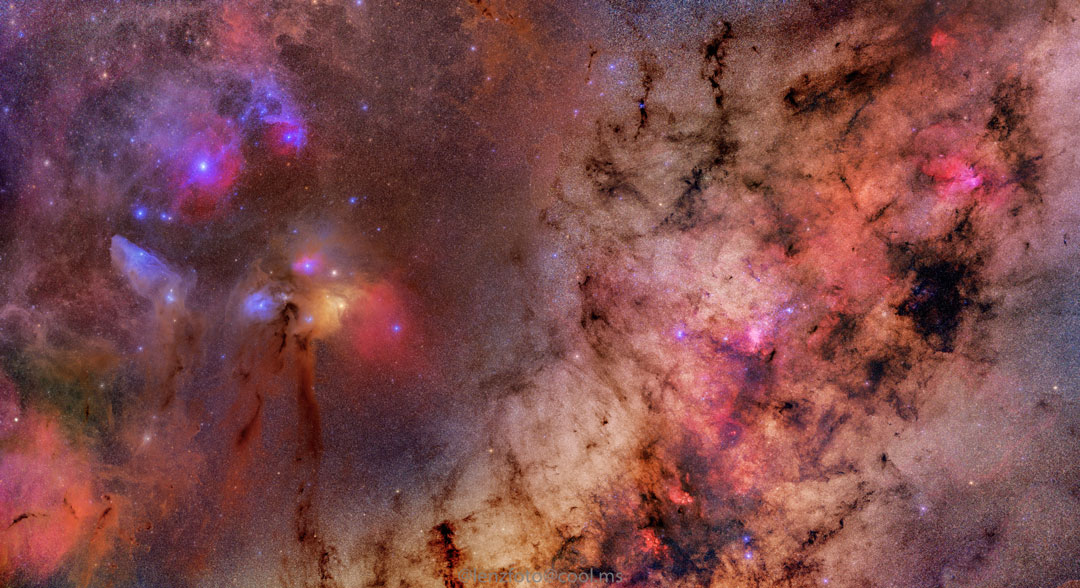2021 June 24
Image Credit: NASA, ESA, Hubble, Janice Lee; Processing & Copyright: Leo Shatz
Explanation: Grand design spiral galaxy Messier 99 looks majestic on a truly cosmic scale. This recently processed full galaxy portrait stretches over 70,000 light-years across M99. The sharp view is a combination of ultraviolet, visible, and infrared image data from the Hubble Space Telescope. About 50 million light-years distant toward the well-groomed constellation Coma Bernices, the face-on spiral is a member of the nearby Virgo Galaxy Cluster. Also cataloged as NGC 4254, a close encounter with another Virgo cluster member has likely influenced the shape of its well-defined, blue spiral arms.









